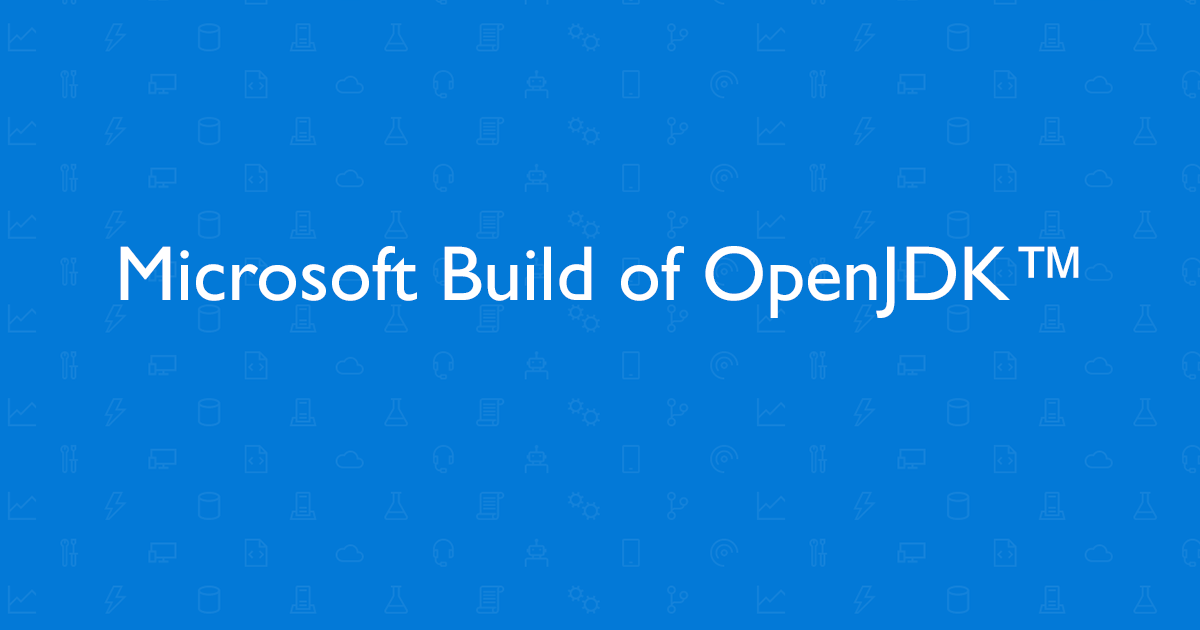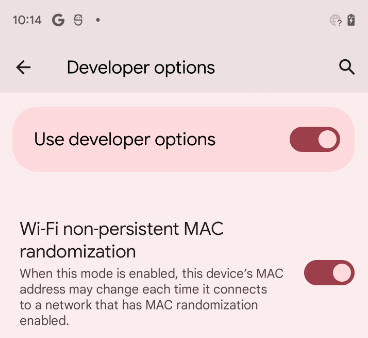
The problem is that, while this will work on an M1 Mac, it’ll run under Rosetta 2, which is sort of a translation layer for Intel-compiled binaries. (Previous versions of this article referenced adoptopenjdk8 ). Pretty much every “Installing React Native on Apple M1” guide out there contains these instructions: # (if you're lazy and not reading my article, # don't actually run this please) 😂 brew install -cask adoptopenjdk/openjdk/adoptopenjdk11 While we are still working on updates to our free React Native installation guide to include Apple M1-specific instructions, I figured it would be a good idea to put out this quick-hit article on how to set up your M1 Mac with the right Apple Silicon / arm64 compatible JDK. Please follow the official React Native installation instructions instead. NOTE: This article is no longer up to date. It was written Novemand updated February 23, 2022. Note that this article will likely age poorly as React Native & adoptopenjdk are upgraded. And you can switch them anytime easily.Speed testing my new 2021 M1 Max MacBook Pro (left) and 2019 Intel i9 MacBook Pro (right) If you need use the different versions of Java in the same machine, you can install the different versions of Java, like Java 8 and Java 17. How to switch between different versions of Java

Open a terminal, execute the following command: 1 If you download the dmg package the installation is quite simple - Double click on Zulu.dmg file and on the popup click on “Double-Click to install Zulu X.x.x.x and follow the installation.

You will get links to download the setup as zip/dmg/tar.gz format - download anyone you prefer. So, let’s download the installation package firstly. Download Native Java JDKīase on openJDK, azul provide the M1 native version of JDK.

If you are using M1 Macbook or Mac mini computer, you must have noticed that Java from Oracle is not yet build for M1 Silicon chip yet! It only make use of Rosetta 2, you would see that the performance will take a hit.


 0 kommentar(er)
0 kommentar(er)
